Director – Jerry Rothwell – 2020 – UK – Cert. 12a – 82m
*****
The inner world of the autistic, explored through the writings and lives of autistic people and innovative cinematography and sound design – in cinemas from Friday, June 18th (Autistic Pride Day)
Originally this was a remarkable book in which autistic teenager Naoki Higashida communicated to the rest of the world in prose what it’s like to be autistic. It had already been widely read in Japan when author David Mitchell and his wife Keiko Yoshida, whose son is autistic, were so taken with it that they undertook an English translation. International acclaim followed. For Mitchell, the book provided the opportunity to understand his son’s interior world like nothing before it.
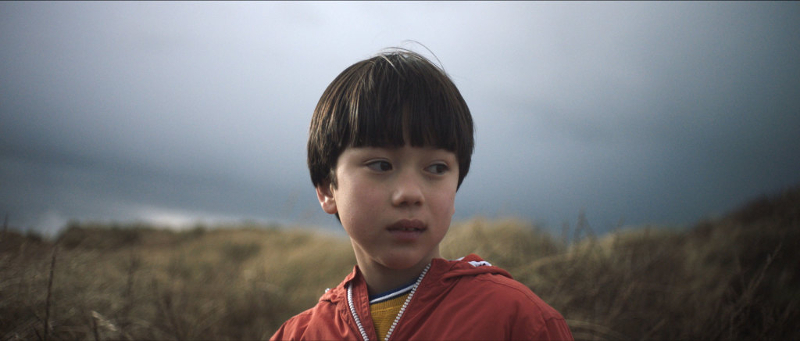
A film is a very different media from a book. That begs the question, if you wanted to make the book into a film, how would you go about it? Seasoned documentary filmmaker Jerry Rothwell (Deep Water, co-directed with Louise Osmond, 2006; How To Change The World, 2015) had some innovative ideas. One was to use Higashida’s writings as a through line for the film, augmenting it with the experiences of several other autistic people. Another was to use cinematography and sound design as a means to presenting the autistic’s experiential world on the screen and in the auditorium. The mixing of these two techniques proves highly effective.
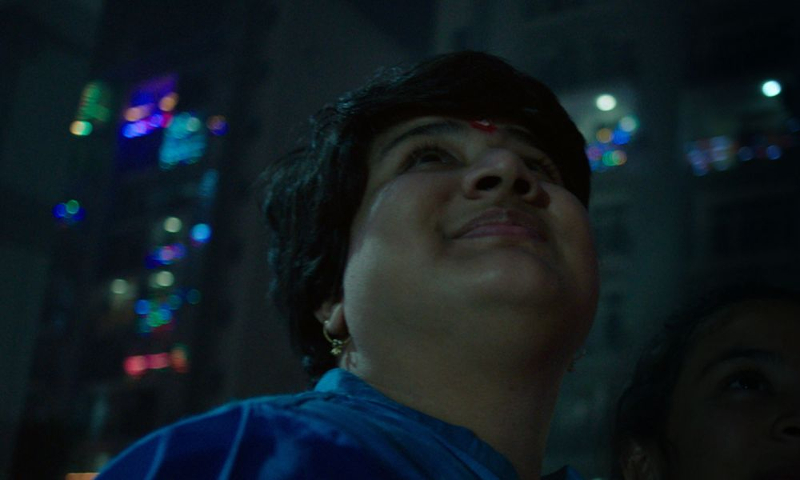
Those other autistic people include… In India, a girl named Amrit who draws the world as she sees it and who is shown attending an exhibition of her art. Amrit’s mother describes her torment as a parent prior to working out how to help her daughter find this fulfilment. In the US, without words, Ben and Emma become friends. We watch Ben’s mum teaching him (or being taught by him) how to fold clean laundry in preparation for independent living in what will eventually be his apartment (we tour the building which is currently under construction). Ben has learned to use a letter board to spell out words, make basic sentences and phrases such as “become part of the conversation”.
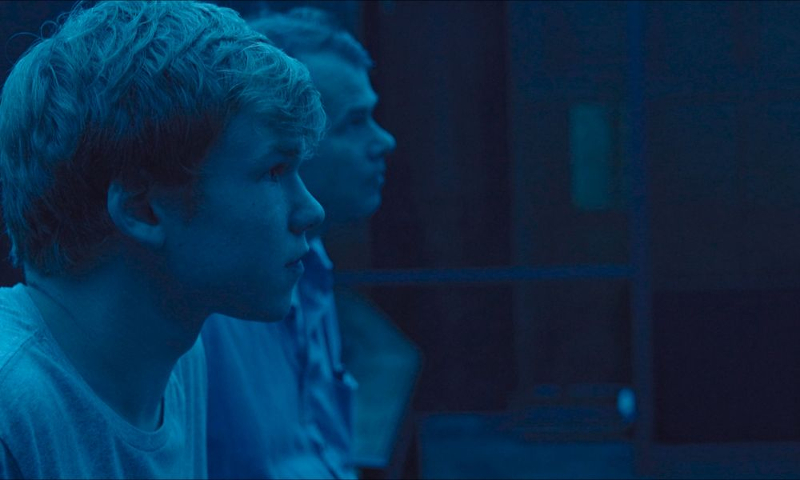
In Bournemouth, Joss’s great pleasure is to visit electrical substations and listen to the music he hears emanating from them. In Sierra Leone, Jestina and others have been stigmatised in the past as, for instance, being demon possessed or similar by a society that didn’t understand what was going on with them. Things are slowly changing now, however, with the introduction of a SPED (Special Education) school and the beginnings of community acceptance of people like her.
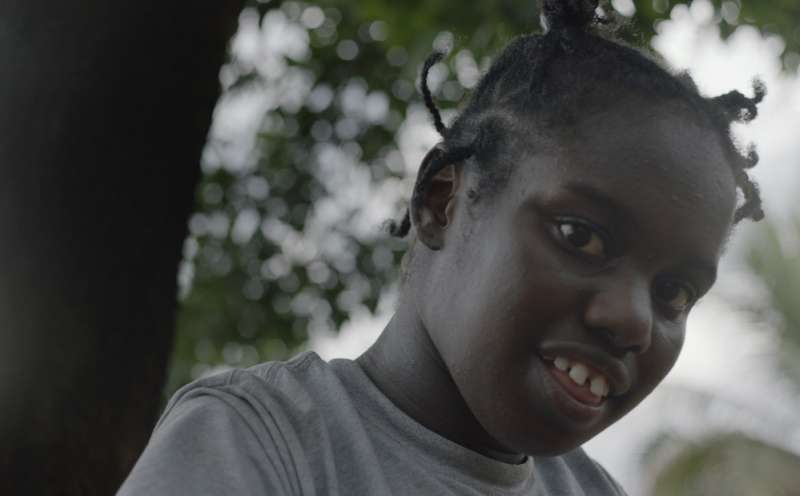
“We see details not the whole,” says Naoki in the book, trying to explain how autistic people interface with the world around them. “You talk so fast… We are remembering a few moments ago and years ago all jumbled up.”
Having watched the film both on a small screen and in a small cinema – it’s been a weird year for cinemagoers under the COVID-19 pandemic – I can confirm the latter felt completely different. There’s a lot in here, and this may be a film to watch several times.
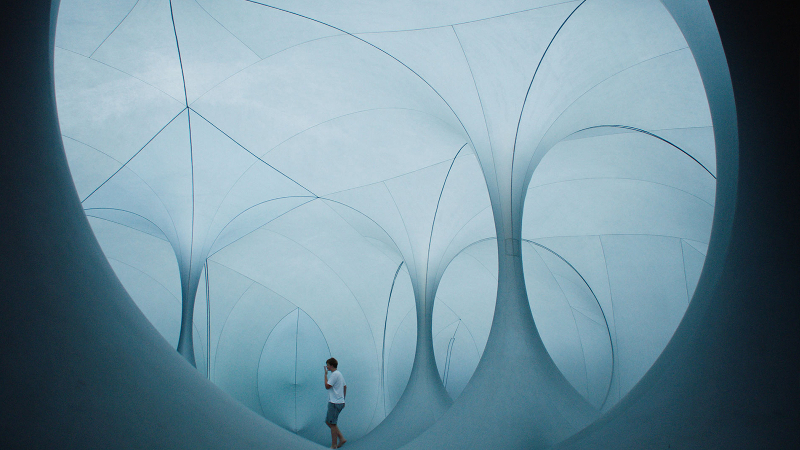
Clearly, it can be watched as an a to b documentary narrative with Hagashida’s words acting as our overall guide while we dip in and out of the stories of the five autistic children / young people and their carers. Equally though one can abandon the narrative element in favour of individual details in images, sound and flow to watch the whole thing on a purely sensory basis, which perhaps provides a temporary equivalent to the autistic inner world as visual and aural fragments before and around us suddenly become totally engrossing or overwhelming.
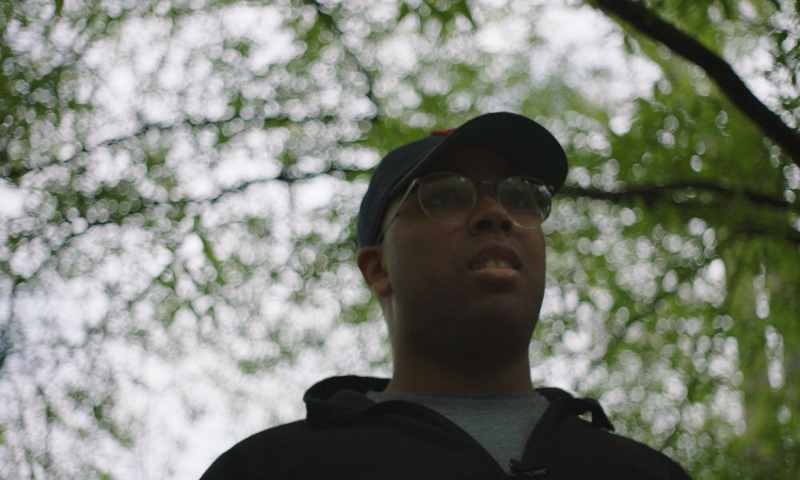
This is hard to write about in words because words are… well, words. We use them to form sentences which make sense, but we don’t use them like areas of paint in an abstract canvas where there is no meaning beyond the aesthetic. At least, not without descending into verbal incoherence. Elements of the imagery and sound here function on a completely abstract level if you choose to let them, something pretty much impossible to describe in words for the reasons listed above but nonetheless extraordinary in the cinema itself should you attempt to enjoy the film that way.
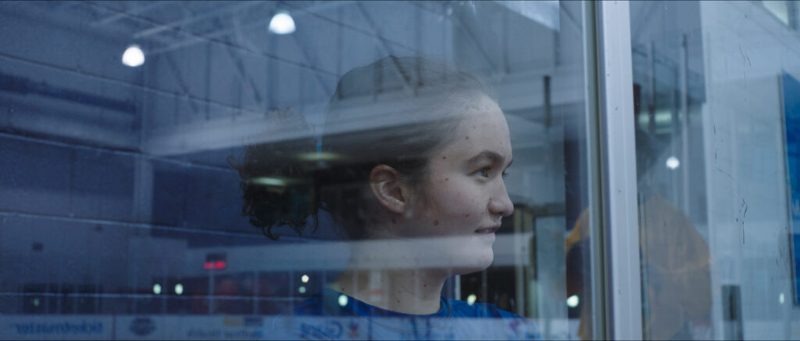
There are myriad alternatives to writing a verbal review with which the reviewer could potentially respond here – drawing, painting, marks on paper; music, sounds; some sort of acting out or performance – or even stepping outside such things and simply going for a walk and observing details in the word as they come at us. At times, the film itself appears to do this: one of the pleasures of viewing is that you can completely lose yourself in it. Which perhaps is the point.
The Reason I Jump is out in cinemas in the UK from Friday, June 18th (Autistic Pride Day).
Trailer:
Festivals
2020
